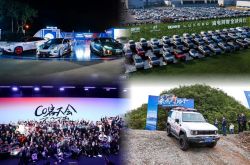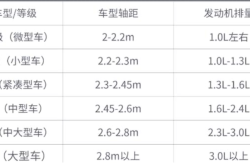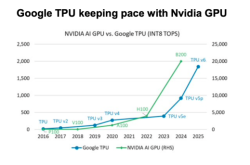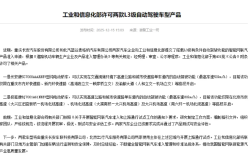Who Will Triumph Amidst the Ongoing Favorable Policy Push for Key Sectors?
![]() 09/10 2025
09/10 2025
![]() 485
485
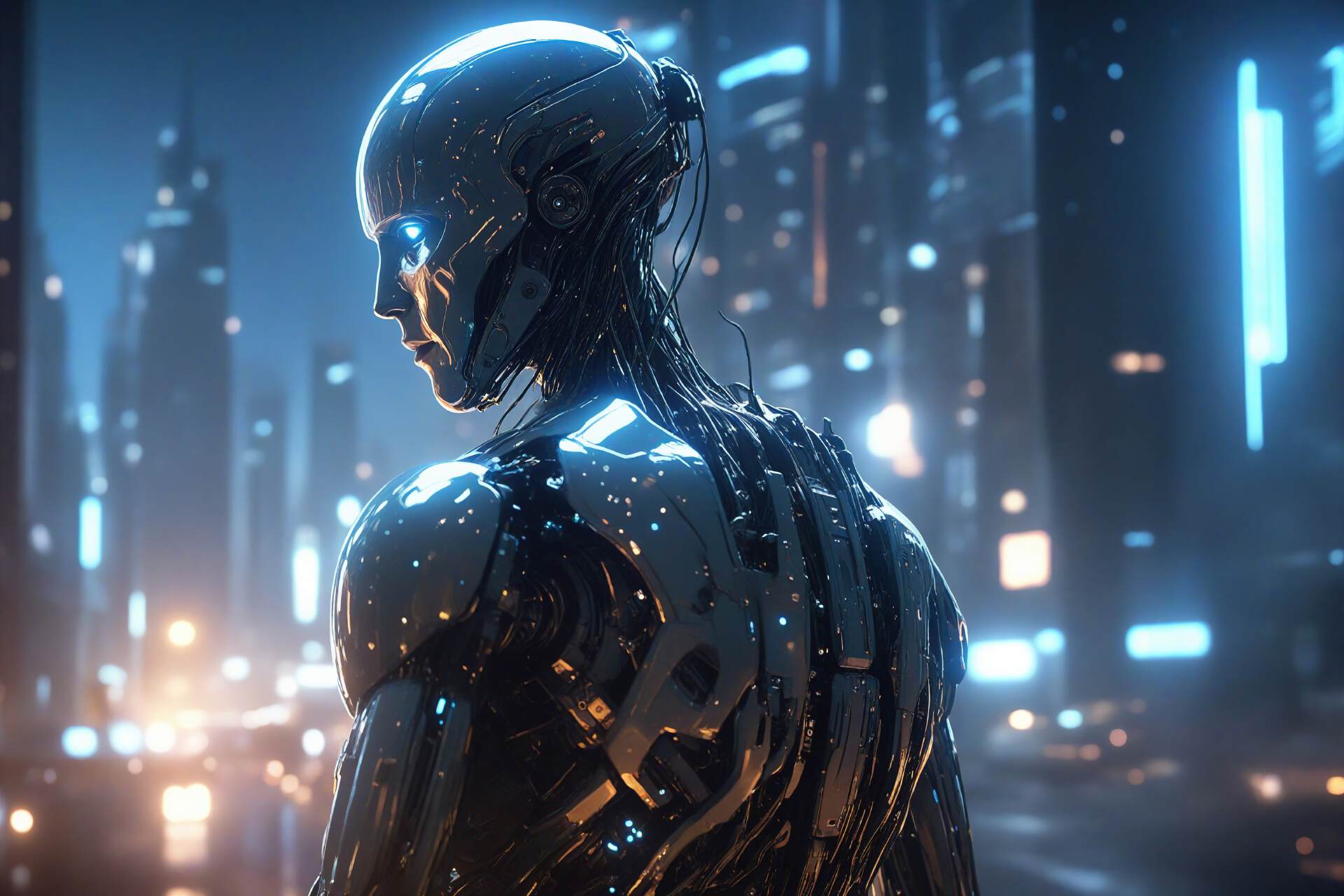
The humanoid robot industry has recently witnessed a flurry of positive developments, with Unitree Technology embarking on its IPO journey and UBTECH clinching a substantial 250 million yuan order...
The year 2025 marks the dawn of mass production for humanoid robots.
Domestically, industry leaders such as Enlighten Robot, Unitree, UBTECH, and Fourier Intelligence have all commenced mass production as planned. Enlighten Robot's factory in Lingang, Shanghai, boasts an average monthly production capacity of up to a thousand units, while Unitree aims to manufacture over 5,000 units in 2025.
Globally, Tesla plans to produce 10,000 units of its Optimus robot in 2025, 1X Technologies anticipates producing several thousand units, and Figure AI projects mass production of 100,000 units over the next four years.
The inaugural year of mass production also heralds the start of commercialization.
Before July 2025, orders for humanoid robots were predominantly concentrated in universities, research institutions, and the retail sector.
Post-July, two significant orders marked a pivotal turning point for commercialization. Enlighten Robot and Unitree secured the China Mobile procurement project for humanoid bipedal robot OEM services, with a combined contract value reaching up to 124 million yuan, marking the first billion-yuan order in the domestic humanoid robot market. Shortly thereafter, UBTECH won a 90.51 million yuan robot equipment procurement project from Miyi (Shanghai) Automotive Technology Co., Ltd.
The intense influx of large orders, totaling over 200 million yuan, far surpasses the previous annual order volume of the industry, dispelling doubts in the capital market about the commercialization prospects of humanoid robots. This also served as the catalyst for the recent surge in the humanoid robot sector.
The humanoid robot industry is flourishing, attracting a growing number of participants. Currently, humanoid robot players can be broadly categorized into four groups.
Firstly, emerging robot companies, including UBTECH, Unitree, and Enlighten Robot. Among them, UBTECH was established the earliest (in 2012) and has since become a talent hub for the industry.
Secondly, industrial and service robot companies transitioning from other sectors. Typical representatives include Tech-Long and EFORT, which previously competed in the industrial robot sector. However, as industry demand dwindled and competition intensified, their performance growth and profitability were significantly impacted.
Thirdly, technology giants led by Huawei. On November 15, 2024, Huawei signed cooperation agreements with 16 companies, including Kejie Robotics, Tech-Long, EFORT, and Zhaowei Electromechanical, marking the launch of the China Southern Robot Alliance. Additionally, major players like Baidu and iFLYTEK are also poised to make significant strides in robot AI.
Fourthly, new energy vehicle manufacturers, including Xiaomi, XPENG, and Tesla. One of the key motivations for their entry into robotics is to create synergies with their existing automotive businesses. In the coming years, one of the industrial scenarios most likely to witness large-scale robot adoption is automotive manufacturing. Deploying robots in their own factories can significantly reduce automotive manufacturing costs and diversify their business portfolios.
A competitive landscape among these four major forces has already taken shape, inevitably leading to fierce competition. So, who will be able to establish a firm foothold in the market?
From Market Cap Observer's perspective, emerging forces led by Unitree and technology giants led by Huawei are most likely to emerge as leaders. In fact, the A-share market has primarily focused on speculative trading around concept stocks related to these two major forces.
In 2016, Wang Xingxing left DJI to establish Unitree Technology. Within a year, the company developed hardware technologies such as motors and main controllers, subsequently launching the Laikago robot dog. Through continuous iteration and upgrades, it introduced new products such as Alien Go, Unitree A1, Unitree Go1, B1, GO2, B2, and B2-W.
After several years of competition, Unitree has emerged as the DJI of the robot dog sector—in 2023, it accounted for 70% of global robot dog sales and 40% of the total market size.
In 2023, amidst the rapid development of AI sparked by ChatGPT, Unitree swiftly ventured into humanoid robots, successively launching the H1, G1, and R1 products. Given the common technological foundations between robot dogs and humanoid robots, Unitree was able to seamlessly transfer technologies accumulated in the former field.
The H1 robot made a high-profile appearance at the 2025 CCTV Spring Festival Gala, instantly gaining widespread fame. Therefore, whether from a hardware technology or brand perspective, Unitree has firmly established itself as a first-tier player in China and globally, virtually guaranteeing its future market position.
Besides Unitree, Huawei's official announcement of its entry into the robotics sector has also invigorated the industry. In fact, Huawei began researching and developing technologies around "robots + AI" as early as seven years ago, accumulating numerous patents in areas such as human-machine dialogue, robotic arms, and obstacle avoidance systems.
Additionally, Huawei's leading technologies in AI chips, operating systems, and large models have fueled high market expectations for its breakthroughs in robot AI decision-making and general-purpose large models. This is also one of the core rationales behind speculative trading in Huawei robot concepts in the A-share market.
With Unitree excelling in hardware and Huawei in software, both companies have a high probability of becoming the driving forces in the humanoid robot wave.
Within the industrial chain, reducers, servo systems, and controllers account for 70% of the costs. Further breakdown reveals key components such as lead screws, torque sensors, frameless/hollow cup motors, harmonic/planetary reducers, and operating systems.
Among them, lead screws are core components with high technological barriers, low localization rates, and few players, making them one of the most promising areas.
Lead screws impose stringent requirements on precision and craftsmanship in design technology, manufacturing processes, materials and heat treatment, and testing, posing the greatest technical challenges. Consequently, they boast gross margins exceeding 60%, significantly higher than those of motors, reducers, and force sensors.
Previously, the global market was dominated by giants such as Switzerland's GAS, Sweden's ROLLVIS, the United States' GMS, and Japan's NSK, while Chinese manufacturers, primarily HIWIN Technologies, mostly operated in the mid-to-low-end market.
Starting in 2023, listed companies such as Shuanglin Co., Ltd., Wuzhou Xinchun Group Co., Ltd., and Best Co., Ltd. announced their entry into lead screw R&D and achieved certain progress. These companies became the core targets of speculative trading in the A-share robot sector, with some even experiencing a more than tenfold surge in their stock prices within a year.
Besides lead screws, suppliers capable of providing actuator assemblies are another focal point of market attention. Actuator assemblies integrate components such as motors, lead screws, torque sensors, and bearings into a single unit, which is then supplied to downstream robot manufacturers, similar to Tier 1 suppliers in the new energy vehicle industry. Compared to companies specializing in single components, those offering actuator assemblies are expected to have significantly larger market shares and revenue potentials.
Currently, besides Sanhua Intelligent Controls Co., Ltd. and Tuopu Group transitioning into the humanoid robot assembly sector, Zhenyi Technology and Siling Co., Ltd. are also making strides in this area.
To become a winner in the robot component sector, companies often need to possess two key strengths. Firstly, they must establish deep partnerships with downstream core robot manufacturers. As the market concentration of downstream robots continues to rise, partnering with potential future leaders is crucial to ensuring future revenue growth.
Secondly, their existing businesses must perform well. Currently, most suppliers originate from the new energy vehicle industry, and their ability to sustain growth in their core businesses is vital. On one hand, a strong existing business leads to more generous market valuations; on the other hand, it provides the financial resources to invest in and support the development of new robot businesses, enhancing product competitiveness.
In conclusion, with the commercialization turning point for humanoid robots firmly established, downstream robot manufacturers will accelerate their market expansion. For mid-stream and upstream suppliers, the window of opportunity to integrate into the industrial division of labor system will gradually close. In the future, which companies will emerge as definitive Tier 1 and Tier 2 suppliers, similar to those in the new energy vehicle industry chain, will become increasingly clear. Regardless, suppliers providing lead screws and actuator assemblies to downstream leading manufacturers are poised to be major winners in this wave.
Disclaimer
The content of this article concerning listed companies is based on the personal analysis and judgment of the author, derived from information publicly disclosed by the listed companies in accordance with their legal obligations (including but not limited to interim announcements, periodic reports, and official interaction platforms). The information or opinions presented in this article do not constitute any investment or other business advice, and Market Cap Observer assumes no responsibility for any actions taken based on this article.
——END——

